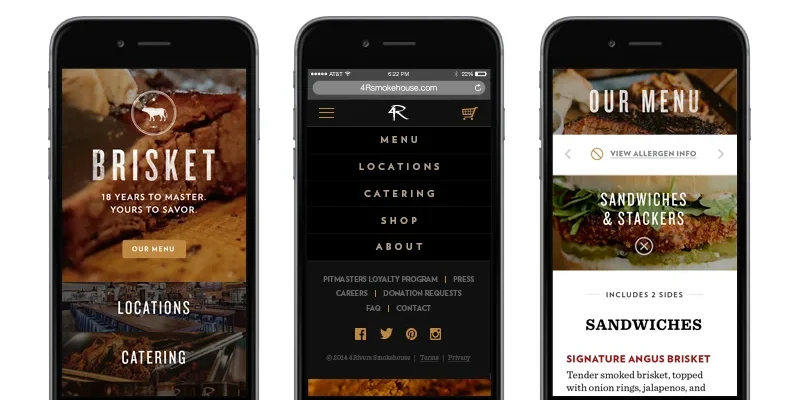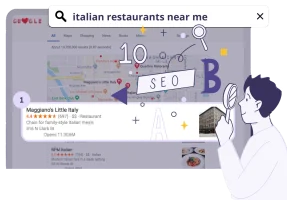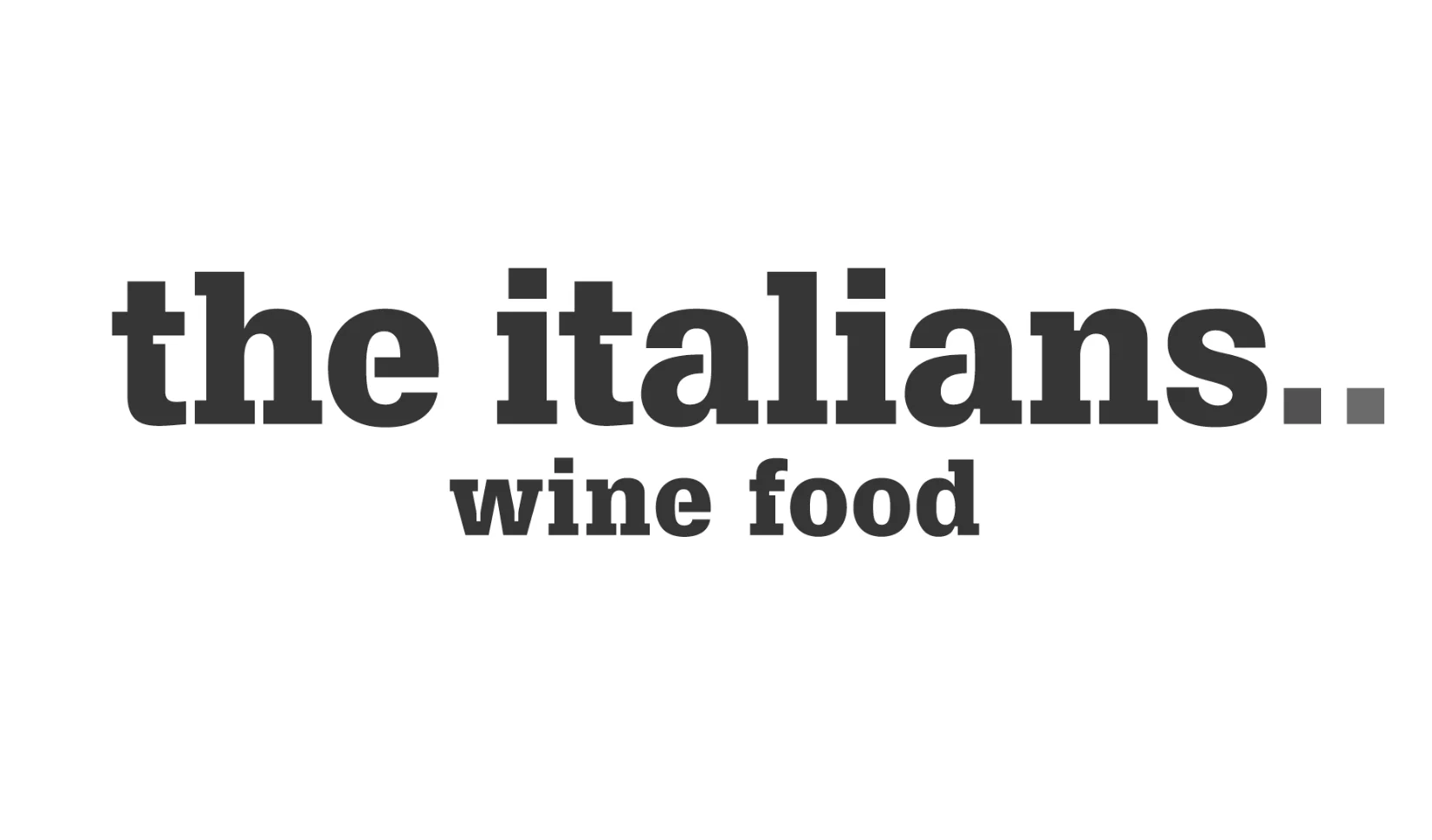Author Profile
Hanna Yerega is a freelance copywriter and a powerhouse on social media, where she combines her knack for compelling writing with a masterful grasp of digital platforms. Known for her exceptional organisation skills, she handles multiple projects with unparalleled precision. Hanna is deeply passionate about not-for-profit initiatives, using her talents to amplify their messages and drive meaningful engagement.















